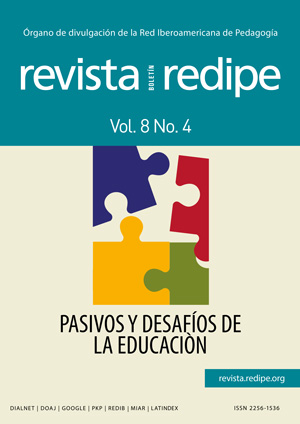Coping with stress and procrastination on teachers and administrative Huánuco – UNHEVAL - 2012
Main Article Content
Keywords
Procrastination, stress coping modes
Abstract
The present study aimed to determine the existence of procrastination that means postponing the fulfillment of the task just for the fun of it in the end in the faculty and staff of the UNHEVAL and also establish the relationship presented is variable depending of stress coping styles: problem-focused, emotion-focused and according to other styles such as denial, distraction and inappropriate behavior, was evaluated for the effect to 98 teachers and 73 administrative workers, men and women through the General procrastination Scale developed by Busko, and adapted by Alvarez and Coping Modes Questionnaire stress (COPE), developed by Carver et al. The research is descriptive, comparative and showed the following results: The female staff obtained an average of 27.17 procrastination and male staff just over half (28.98) corresponding to figures midrange procrastination. Significant differences in procrastination regarding gender and age, finding staff procrastination highest at ages between 41 and 50 years. Also found statistically significant differences in procrastination as stress coping styles focused on the problem and as other coping styles, which can be explained in terms of the members of the sample tend to procrastinate when they try to tackle the problem that creates stress and when using other styles of coping such as denial, distraction and inappropriate behavior.
References
2. Alvarez, O. (2011) Procrastinación general y academica en una muestra de estudiantes de secundaria de Lima Metropolitana. Revista Persona. Universidad de Lima.
3. Belloch, A, Sandín B., y Ramos F. (2008) Manual De psicopatología. Vol. II. Ed. Mc Graw Hill. España. Carver, et al. (1989). Cuestionario de modos de afrontamiento al estrés (COPE). EEUU.
4. Cuadros, V. (2006) Estado actual de la calidad de la educación en la Universidad Nacional Hermilio Valdizán. Ed. Universitaria. UNHEVAL. Huánuco.
5. Espinoza, N. (2005) Vigencia de las Universidades Públicas del Perú. Ed. KONYGRAF & CÍA. S.A.C. Lima. Perú.
6. Ferrari, J. y Díaz-Morales, J. (2007), Percepciones de Autoconcepto y Autopresentación por Procrastinadores. El Diario español de Psicología 2007, volumen 10, No 1, 91-96
7. Figueroa, M.; Contini. N.; Lacunza, L; Levín, M. y Estévez, A. (2005), Las estrategias de afrontamiento y su relación con el nivel de bienestar psicológico. Un estudio con adolescentes de nivel socioeconómico bajo de Tucumán. Revista psicológica anales de psicología 2005, vol. 21, N° 1 G’unio), 66-72.
8. Ortiz, P. (2006) Educación y Formación de la Personalidad. Ed. Fondo editorial de la UCH. Lima. Perú.
9. Ozer, B., Demir, A., & Ferrari, J., (2009). Exploring Academic Procrastination Among Turkish Students: Possible Gender Differences in Prevalence and Reasons. The Journal of Social Psychology, 149(2), 241 -57.


